The north-east was once criss-crossed by a network of railway lines but, along with the stations, these were lost to cuts and the ravages of time.
The click-clacking sound of steam engines charging through the Aberdeenshire countryside was a familiar one for 100 years.
Branch lines linked even the most remote of communities to the excitement of the coast, and the commerce of Aberdeen.
But the region’s railways, which were established with such voracity with no expense spared in the Victorian era, found an enemy in the motor car in the early 20th Century.
A bigger enemy still was to prove fatal for dozens of stations in the 1960s – the Beeching Axe.
The majority of stations across the north-east corner of Scotland fell victim to Dr Richard Beeching’s plans to make the railway network more efficient in the 1960s.
It was a decision that cut off and stifled communities, with many still lamenting the loss today.
Aboyne Station
Aboyne Station looking a little disheveled but still handsome in 1971, just five years after its closure as part of Dr Beeching’s cuts in 1966.
The station opened under the Deeside Extension Railway in December 1859, linking Aboyne to the Deeside line to Aberdeen.
When it opened, Aboyne was considered the last word in station architecture with its two grand round towers flanking the granite building.
But by 1971, the sleepers and rails were long gone, and weeds began to spring up in the trackbed.
Aboyne Station has been given a new lease of life as shops in recent years, although the beautiful Victorian canopy was not retained.
Culter Station
Culter Station was opened by the Deeside Railway in 1853, forming the terminus for the Aberdeen suburban service.
The ‘subbie’ service stations were Holburn Street, Ruthrieston, Pitfodels, Cults, West Cults, Murtle, Milltimber and Culter, although the line did extend to Banchory.
The subbie services were withdrawn in 1937 due to competition from buses, but Culter continued to be a busy station servicing the nearby Culter papermill.
The station and line closed to passengers in 1966, with freight clinging on for another year until the line’s complete closure in 1967.
Pitfodels Station
It’s hard to imagine that Pitfodels Station, pictured here surrounded by shrubbery, was once a busy stop on the Deeside line.
The platform is a giveaway, but by 1973, Pitfodels Station had been transformed into a house.
It opened in 1894 and served the outskirts of Aberdeen, before being renamed Pitfodels Halt in 1926.
The station closed in 1937 with the withdrawal of the subbie services, long before Dr Beeching’s swinging cuts on the rest of the line.
Oyne Station
A view of the approach to Oyne Station in the foothills of Bennachie in 1964; the stop was opened by the Great North of Scotland Railway in 1854.
The station was serviced by nine trains a day and was well-used by pupils travelling to Inverurie Academy.
While a late Saturday night train, nicknamed ‘The Boozer’, returned drunks home to their villages from Aberdeen.
News that Oyne Station was one of 33 to be closed as part of cuts in 1966 prompted two schoolgirls to petition its closure.
Irene McBey and Rosemary Ewen’s petition was signed by 200 passengers who used the ‘school services’ to Inverurie, but the station closed in 1968.
Calls to reopen Oyne Station gained traction in 1986 before being revived in 1996, but have never progressed.
Kemnay Station
A rare aerial view showing Kemnay Station and coal wagons in its sidings taken in 1948.
The station was opened in 1858 by the Alford Valley Railway and was a busy stop en route to Monymusk, Tillyfourie and Alford during the 1930s and 40s.
The neat little station building was painted brown and cream, and a number of attractive small granite villas were built nearby reflecting the prosperity the railway brought Kemnay.
The houses, which still stand on Kendal Road, were described as a curious “rural clone of Aberdeen’s West End”, but there is no trace left of Kemnay Station.
Oldmeldrum Station
The Meldrum Meg Way was a short branch line which was opened in 1856 by the Inverury and Old Meldrum Junction Company.
Over the years, the spelling of both town’s names changed to Inverurie and Oldmeldrum respectively, and the railway line linked the two, with a stop at Lethenty and Fingask.
The line was well served with passengers, coal and goods for the Glen Garioch Distillery in Oldmeldrum, and the passenger train was affectionately known as Meldrum Meg.
Sadly competition from the motor car after the First World War saw a steep decline in use.
Passenger services ended in 1931, and the final goods train pulled out of the station in December 1965, with driver Nicky Littlejohn from Inverurie at the controls.
The wooden station building was acquired by the heritage Deeside Railway and moved to Milton of Crathes in 2012 where it was restored.
Portsoy Station
A busy scene at Portsoy Station in 1914 as men, women and children crowd onto the platforms and footbridge.
The first incarnation of Portsoy station began life as part of the Banff, Portsoy and Strathisla Railway in 1859, but was rebuilt in 1884 when a new line opened.
The attractive station closed in 1968 along with line, but the C-listed building was saved and renovated as Scout Hut.
Burghead Station
Burghead Station was a sorry sight in the 1990s, but in its heyday serviced a busy harbour.
The original station opened in 1862 and it largely handled freight when a new station for passenger services opened in 1892.
Like many of the rural routes, passengers services were declared unviable in 1931, although unusually the line was still used for goods traffic as late as 1992 for Burghead Maltings.
The Burghead Station building was gifted to the community in the 1960s and there had been plans to transform it into a fitness and activity centre in the 2000s.
Sadly the attractive, weather-boarded station – a listed building – was completely destroyed by 2003 after being repeatedly targeted by vandals before plans came to fruition.
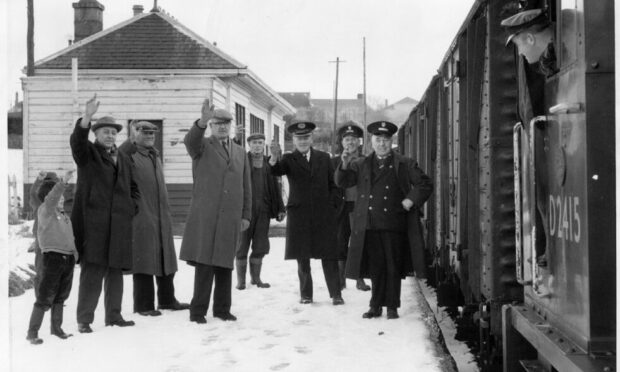

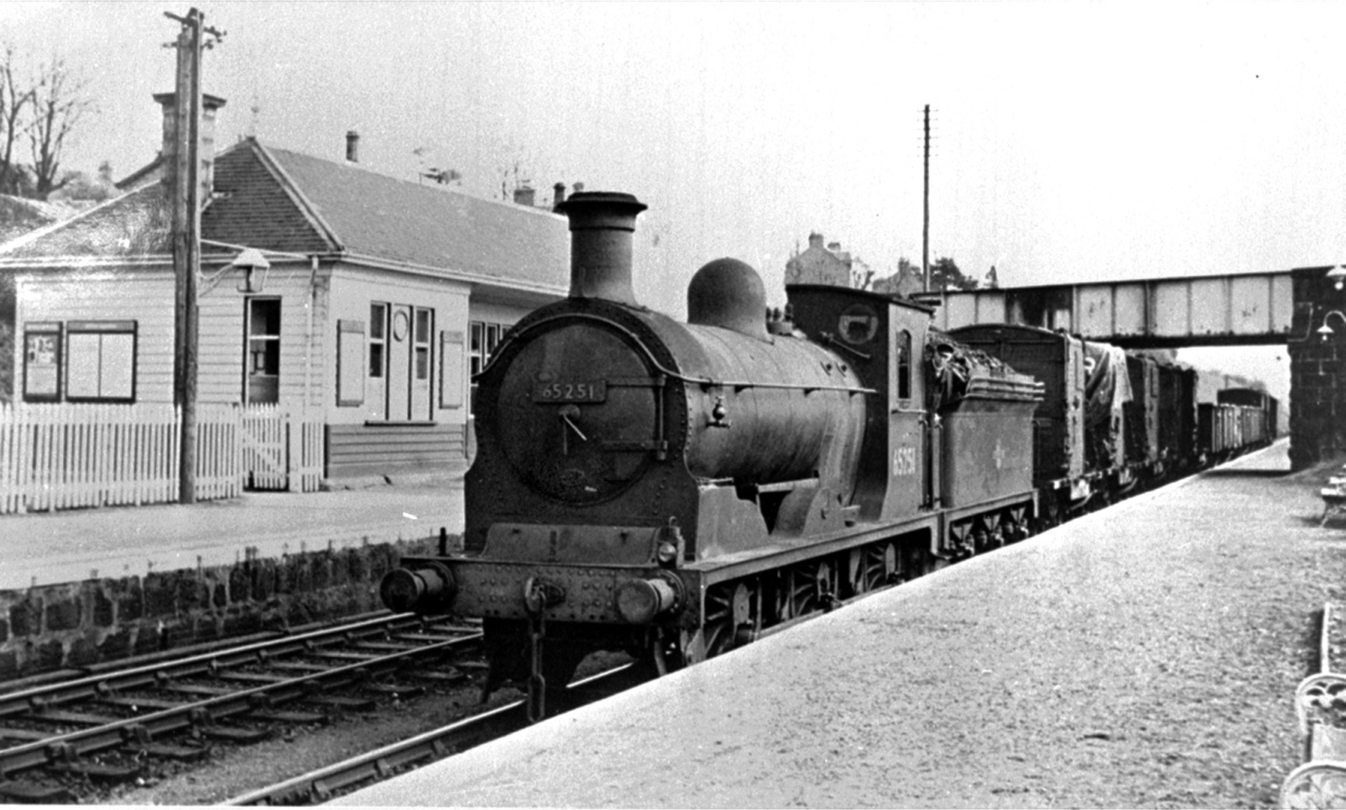


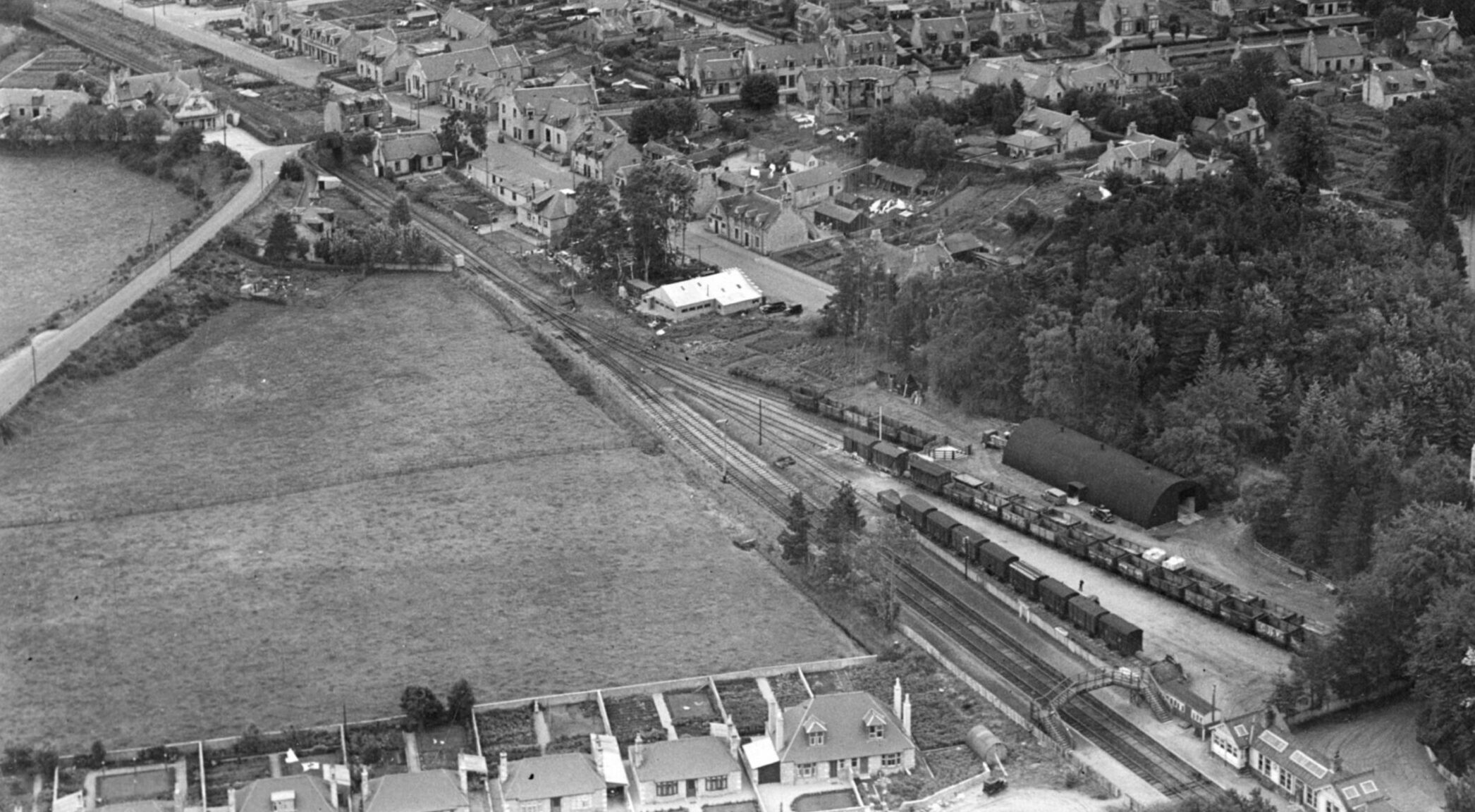
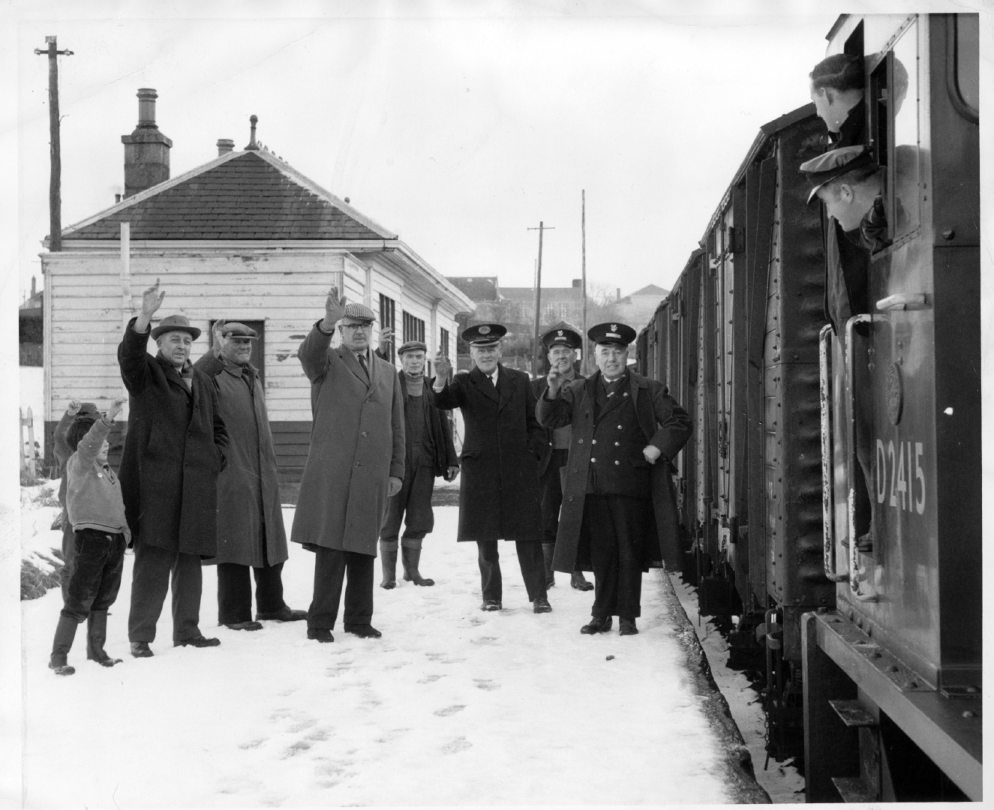
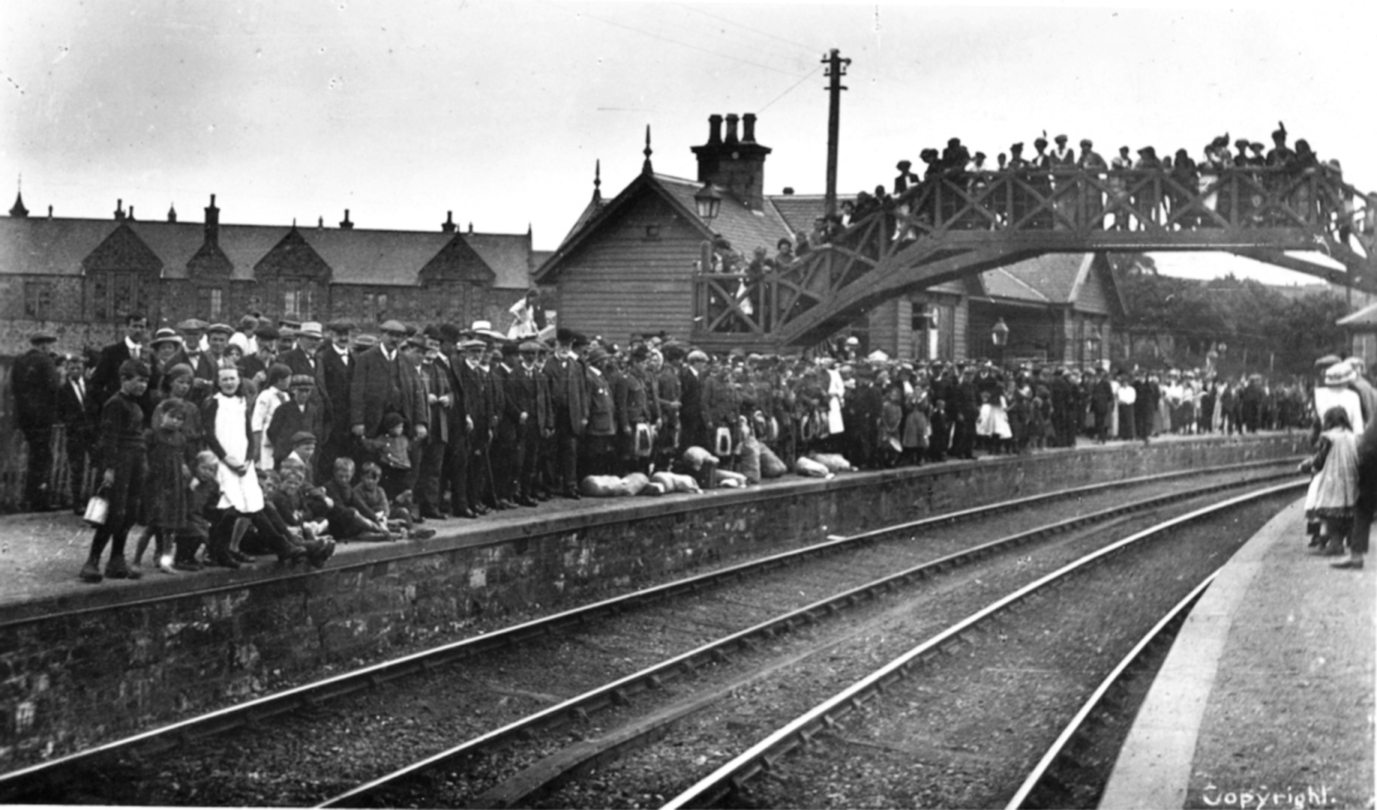
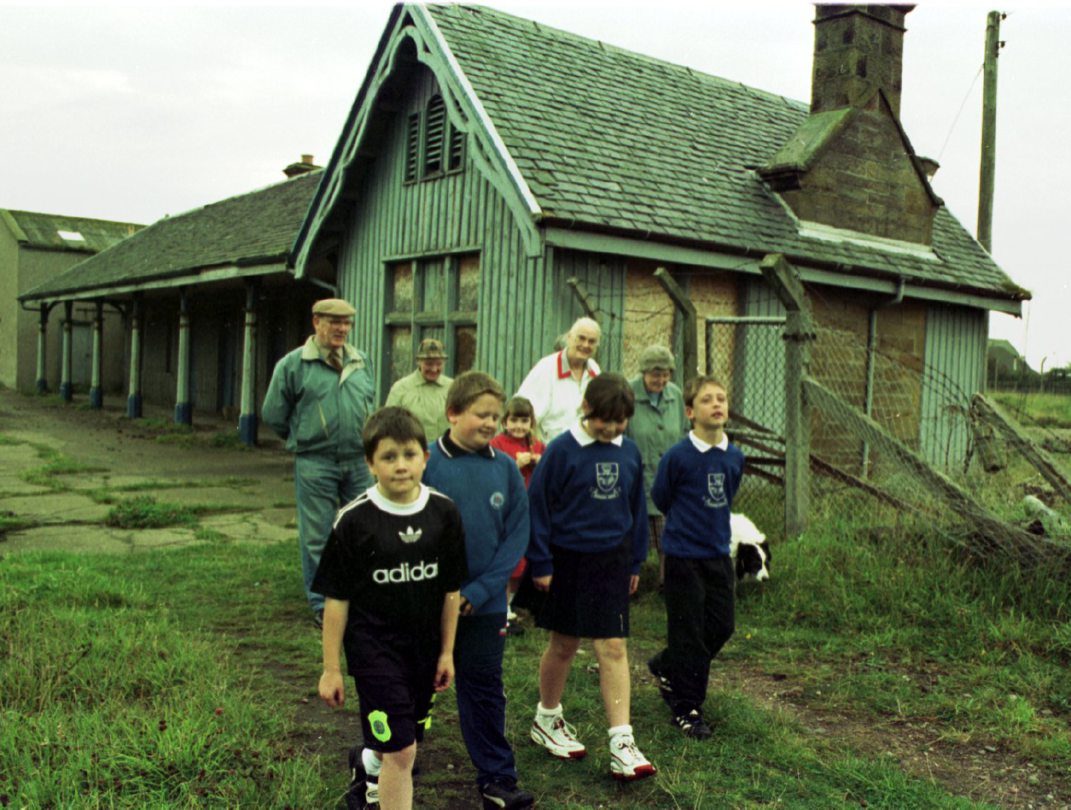
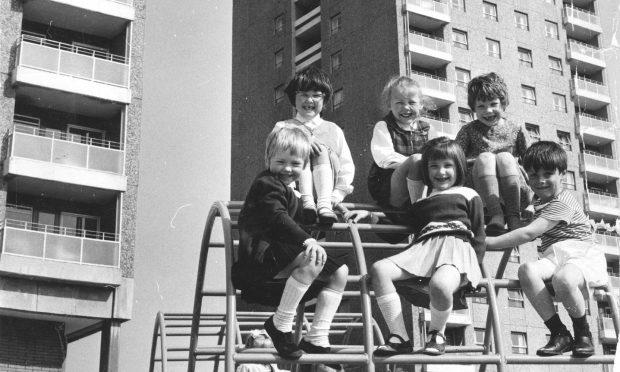









Conversation